I have limited time today to write a blog post and last night I was…
Kyoto Report No 7
This Tuesday report will provide some insights into life in Kyoto for a westerner in the age of Covid. This will be my last report as I am returning to Australia at the end of this week. I will return to my work in Japan in 2023 but now have commitments back in Australia. Today, we visit some temples, gardens and textile centres.
The big warning bell at the Toyokuni-jinja Shrine
Toyokuni-jinja Shrine – is in the south east of Kyoto City in the – Higashiyama-ku Ward – and is the place where – Toyotomi Hideyoshi – is enshrined.
This is the first Shinto altar constructed in Japan but it was destroyed by later fighting.
Toyotomi Hideyoshi was a samurai and feudal lord in the C16th who was a major force in unifying Japan into one country.
This big bell is described as part of the ‘national warning system’ and was built around 1600. The Shrine was built in 1599 but the information about the bell suggested that it was constructed in 1642.
I surmised from the rather old information board that this system was to give notice to the imperial staff of any threats, even though this particular shrine is in the south-east of Kyoto, some distance from the Imperial Palace.
I concluded that I would not be taking up a career as a percussionist given the logistical problems involved in carting this instrument between gigs.
The large gate at the entrance to this shrine was the remnants of the – Fushimi Castle – which is where Toyotomi Hideyoshi retired to and died.
The gate was moved a number of times and finally situated here in 1876 as part of the – Meiji Restoration
Nishijin Textiles
I love the textile industry (pre plastic).
It has always fascinated me how beautiful weaves are conceived and created.
The other day, I took a bike ride at lunchtime to the – Nishijin Textile Center – which is just west of the Imperial Palace Gardens and not all that far from the University.
It is a very historical centre, with live displays of the original spinning looms and weaving machines plus a lot of literature outlining the development of the industry in Kyoto (concentrated in the Nishijin district).
One learns how the local textile firms combined in the C19th to send three experts to France to learn about and bring back the famous wooden – Jacquard machine – and looms which restored the industry to its peak in the Meiji Period (1868 to 1912) because they were so much more productive than the earlier hand looms.
Here is a picture of a machine that controls the weaving via a series of punched cards.
It took me back to my days as a student learning computer programming at the University of Melbourne where we would run statistical routines each days using punched cards as data input.
One regression a day in those days.
Now, millions a day easily.
Anyway, it was a great way to spend an hour over lunch.
Speaking of textiles
Just around the corner from Toyokuni-jinja Shrine (noted above) there was the shop and workshop of one of Japan’s great textile artists, Kiyoe Masao who is “a master of Shibori and Dye” and produces the most beautiful – Noren – in linen using the traditional indigo hues.
Here is my favourite of his current designs and it will be winging its way back to Australia with me!
It is called the ‘River’ – and the shop sits very close to the southern reaches of the Kamo River.
Beautiful pattern, colours and fabric.
And speaking of design …
Just round the corner from that shop in the Higashiyama Ward, is the – Kennin-ji Temple 建仁寺 – which is a magnificent complex of buildings in the Zen Buddhist tradition that date back to 1202 and is (by claim) the “oldest Zen temple in Kyoto”.
It has a beautiful garden with the traditional raked stone sections as shown in the following photos.
There are many gardens in Kyoto like this and they are works of art in the hands of a skillful rake person.
I laugh to myself when I think of characters who have long criticised my work developing the Job Guarantee and dismissed it as ‘leaf raking’ – a put down intended to claim the futile nature of some work.
I wonder if they think ‘stone raking’ is futile work. The gardeners spent a lot of time raking leaves that fall on their stone patterns, especially this time of the year when all the colours of nature are on display as the trees shed their leaves.
Another great way to spend some time after work before it gets too dark.
The end
This is my last report on our time in Kyoto.
It is a great city and I am looking forward to returning to my position next year at the University to strengthen the research ties even further and to find even more great bike tracks and off-the-beaten track places to visit in my spare time in between my long runs along the Kamo River.
That is enough for today!
(c) Copyright 2022 William Mitchell. All Rights Reserved.
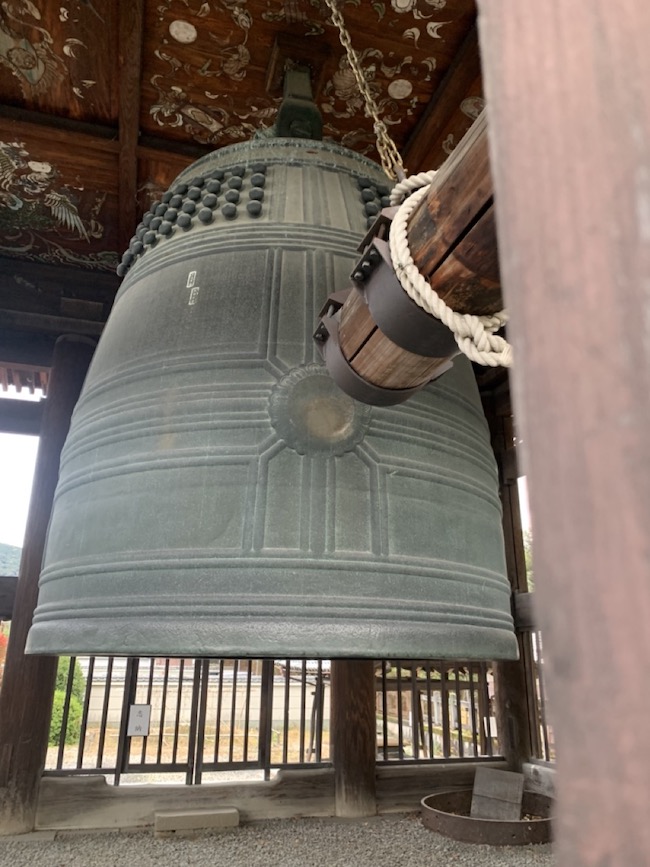
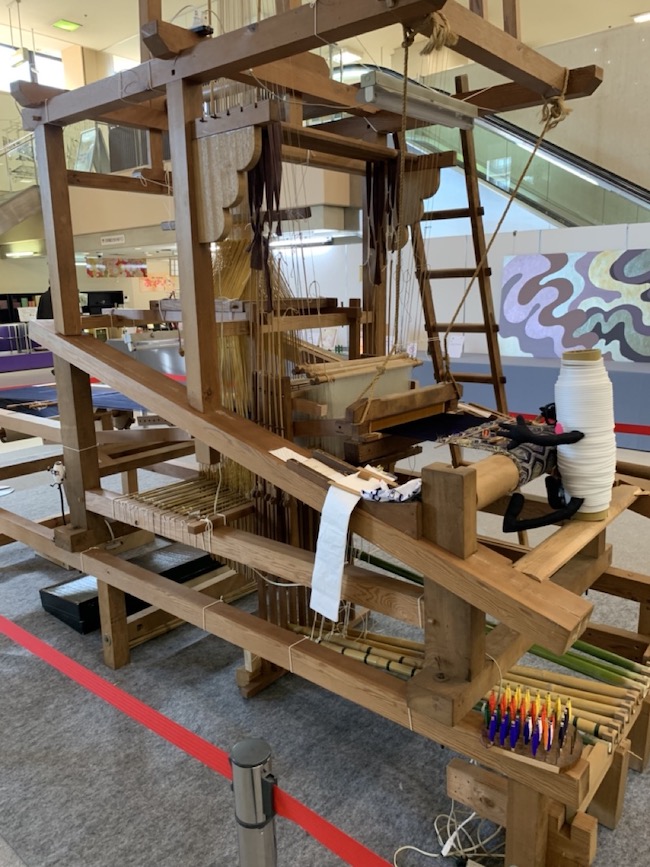
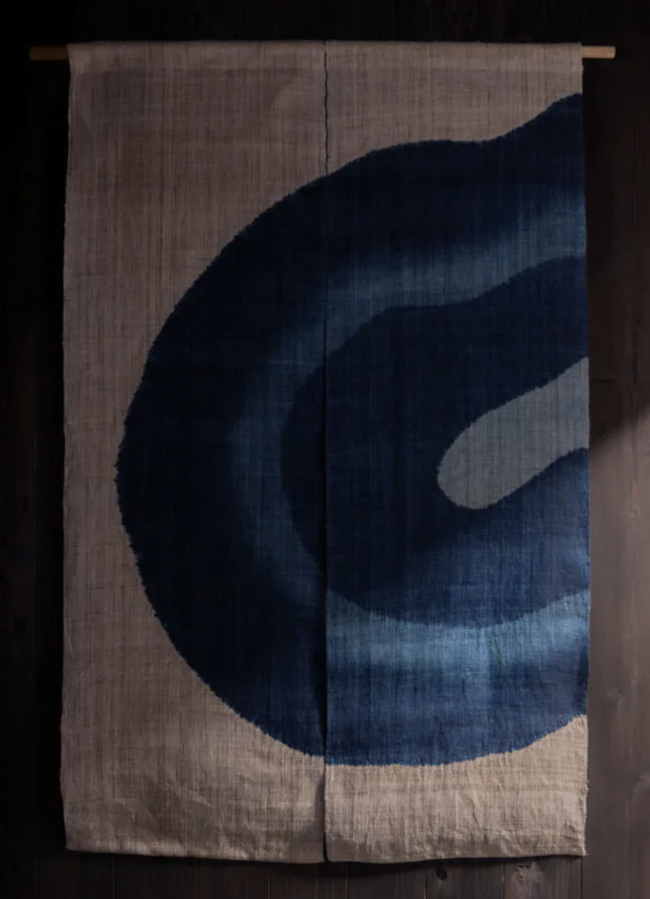
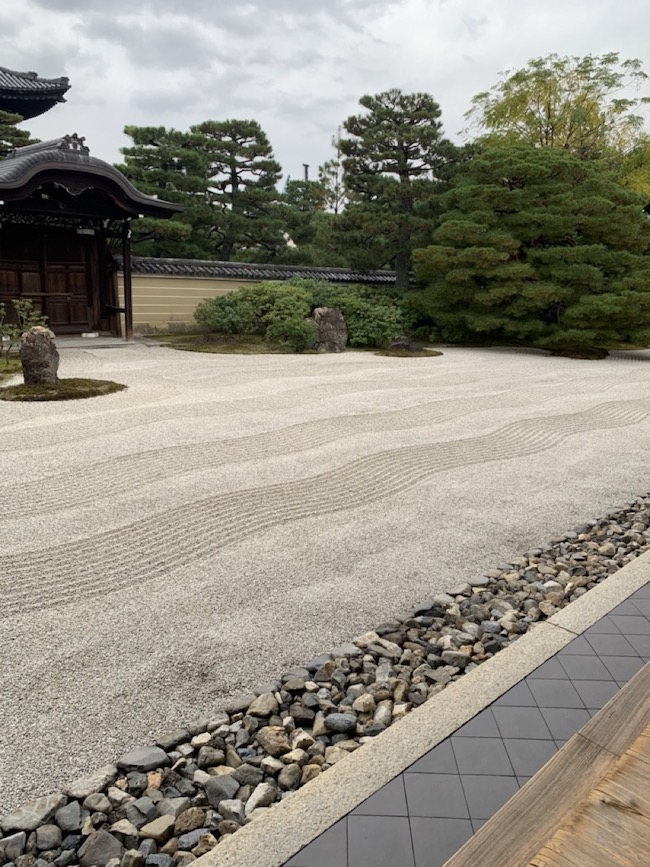
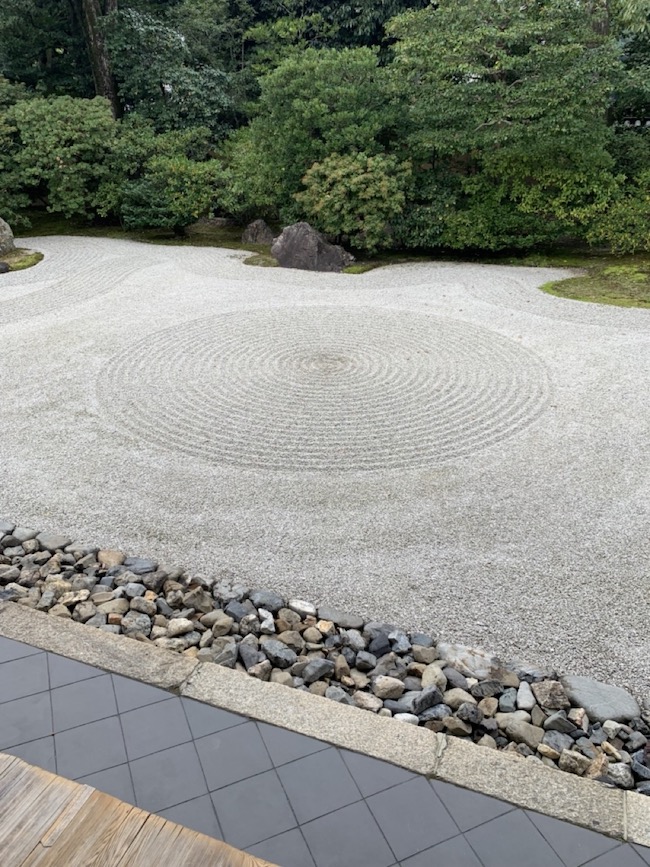
This Post Has 0 Comments